Linear Algebra Assignment 3 Solution: SIT292, Matrices, and Codes
VerifiedAdded on 2020/03/28
|24
|824
|77
Homework Assignment
AI Summary
This document presents a complete solution to a Linear Algebra assignment (SIT292), addressing several key concepts. The solution begins by determining the row-rank of a given matrix and identifying the basis for its row space. It then proceeds to calculate the eigenvalues and corresponding eigenvectors of a matrix, followed by the application of the Gram-Schmidt procedure to obtain orthonormal vectors. The assignment further explores subspaces, proving that a given set forms a subspace and determining its dimension and basis. Finally, the document delves into linear binary codes, constructing a generator matrix, generating code words, and computing the parity check matrix and syndromes for received words. Each question is solved with detailed steps and explanations, providing a thorough understanding of the concepts involved.
1 out of 24

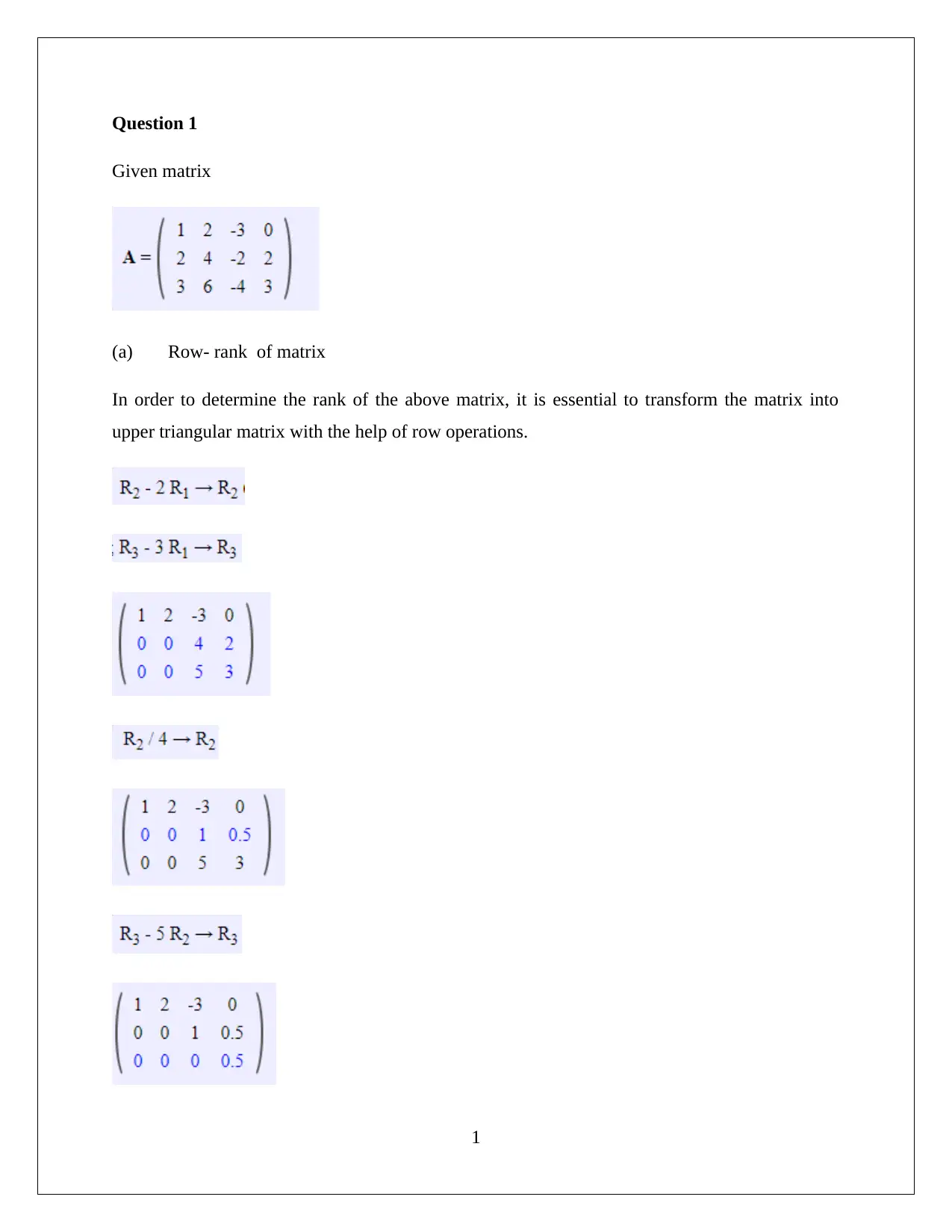
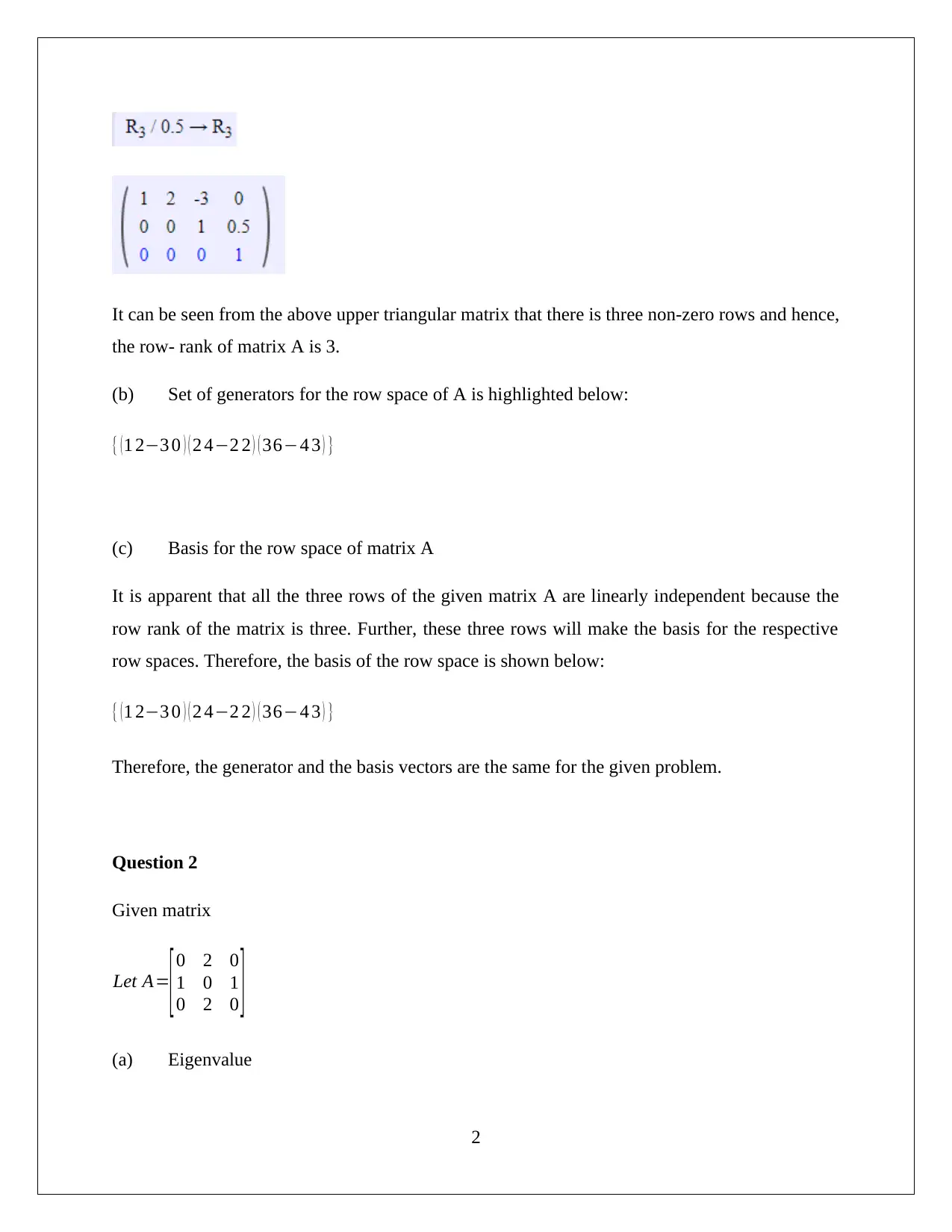

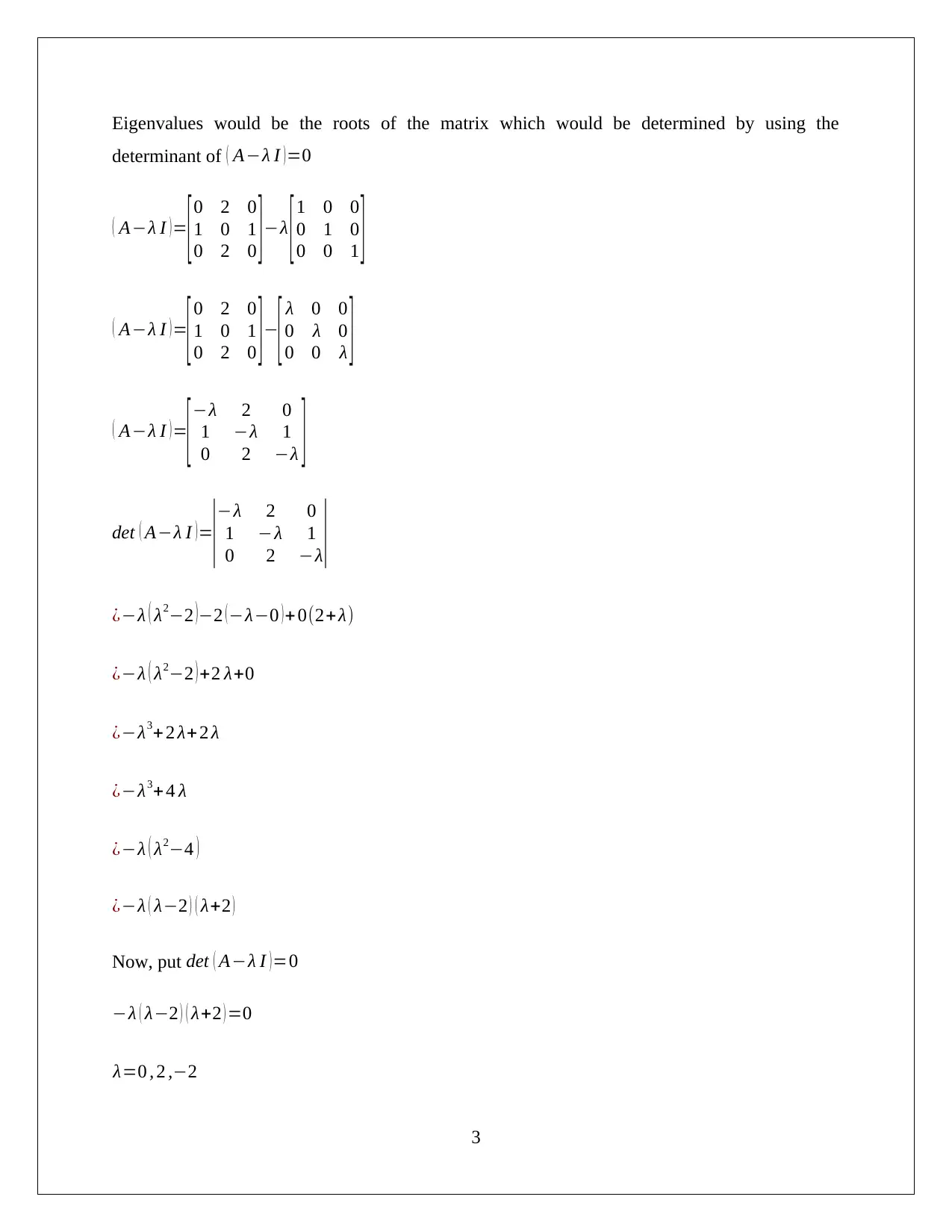

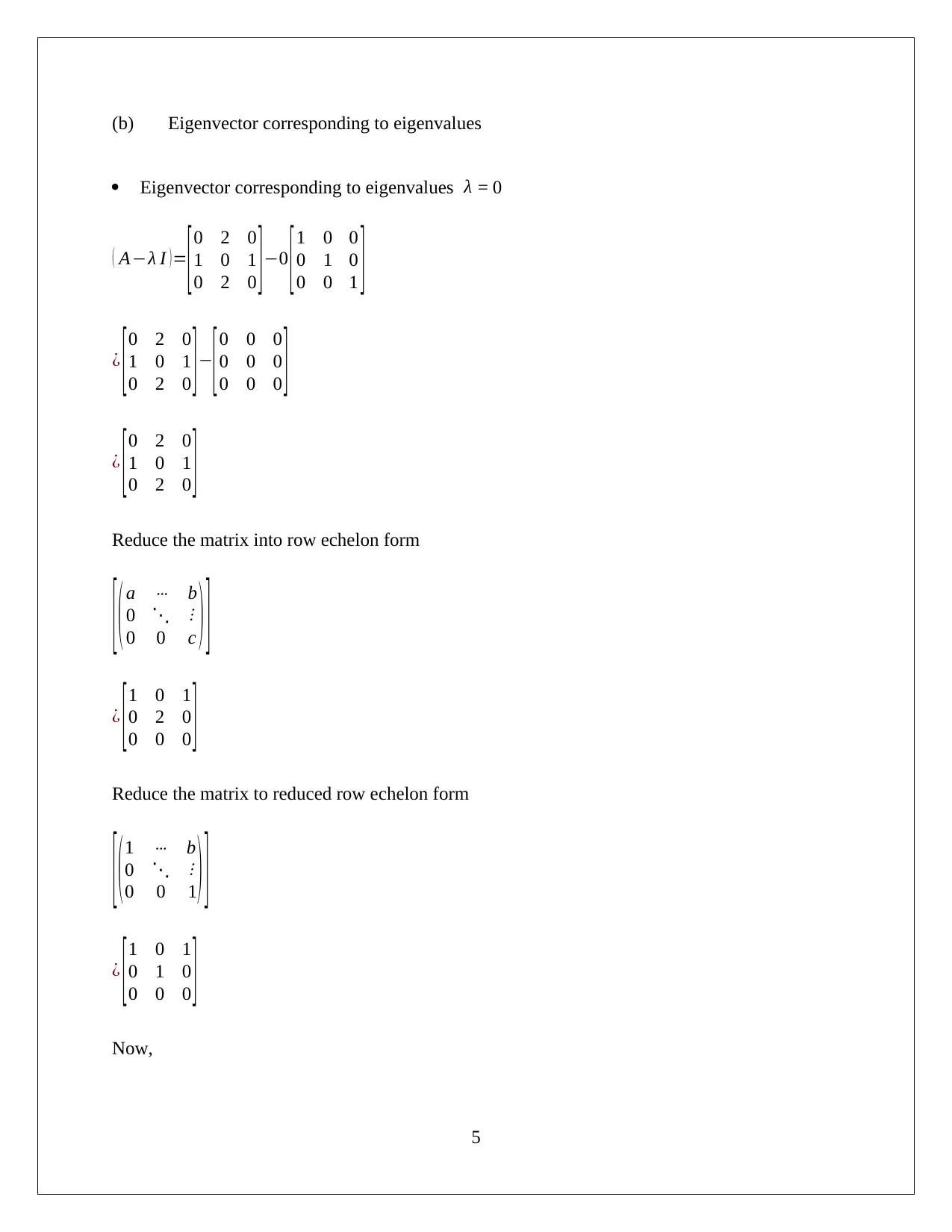
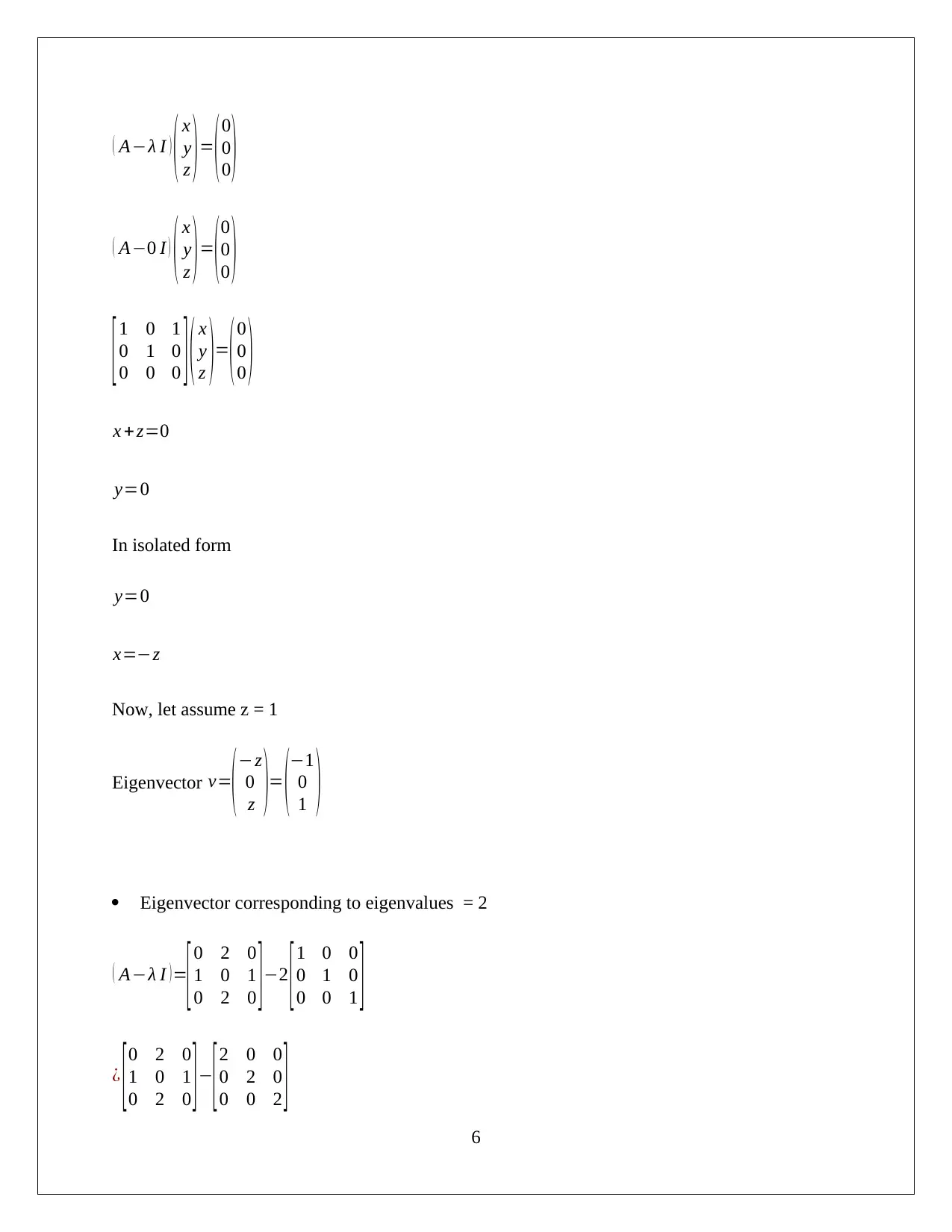
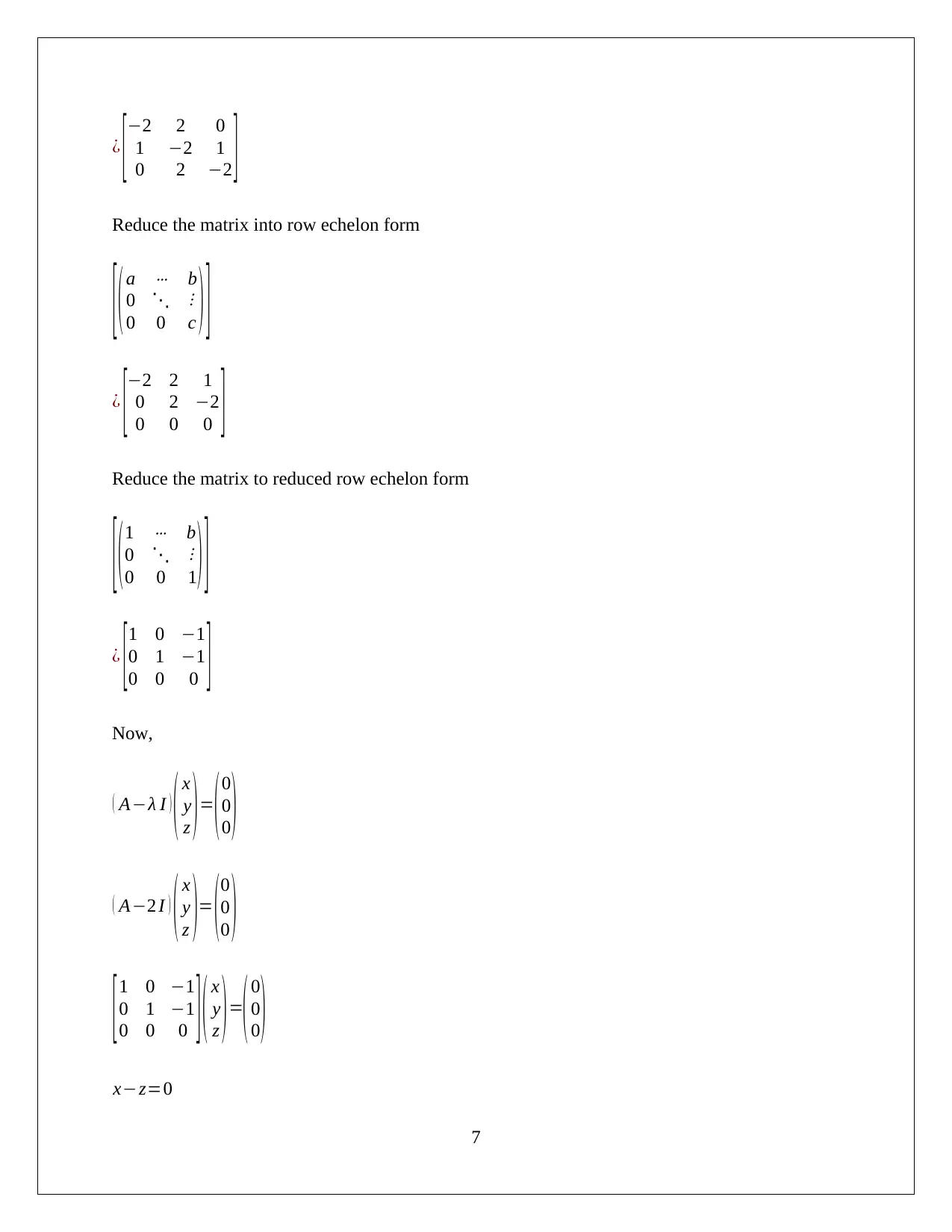
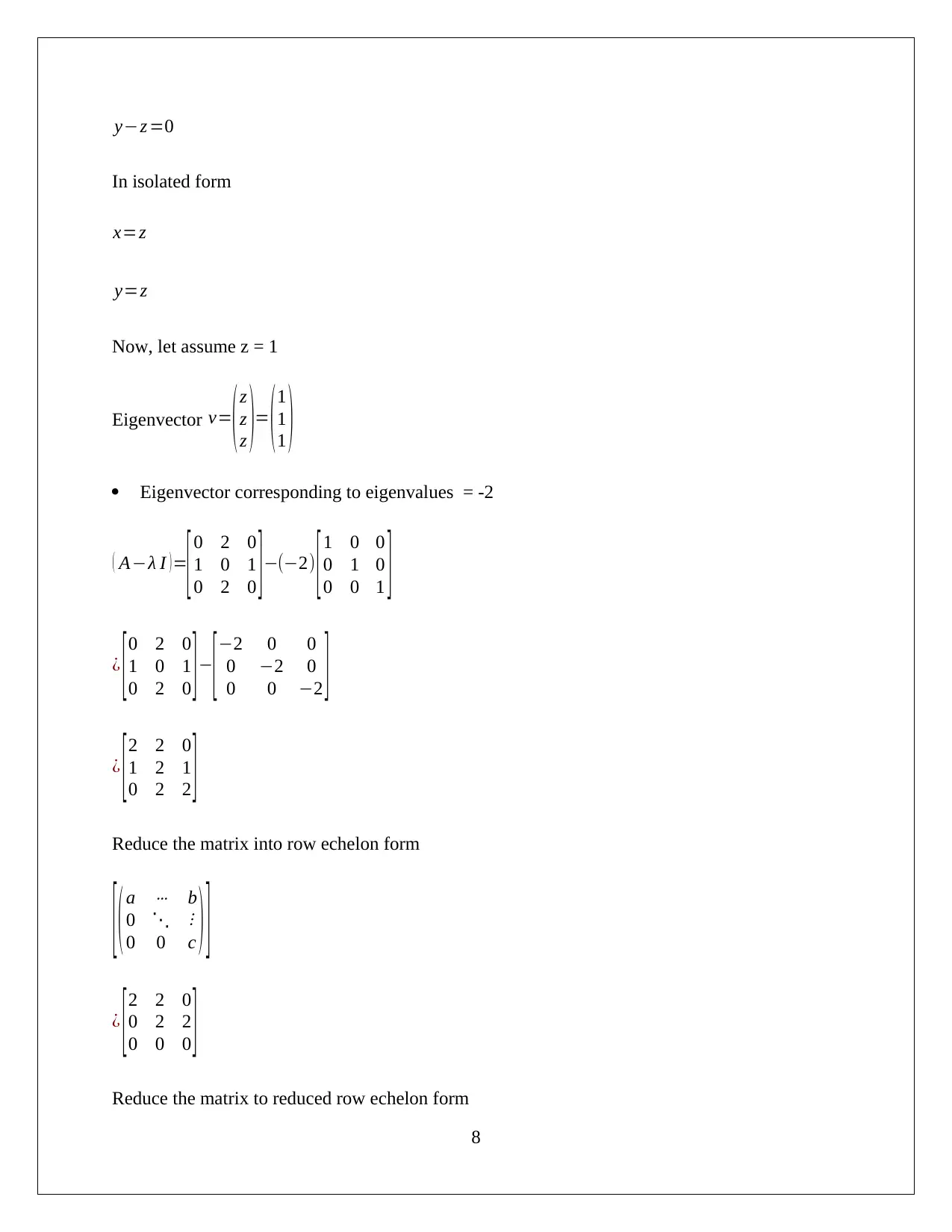
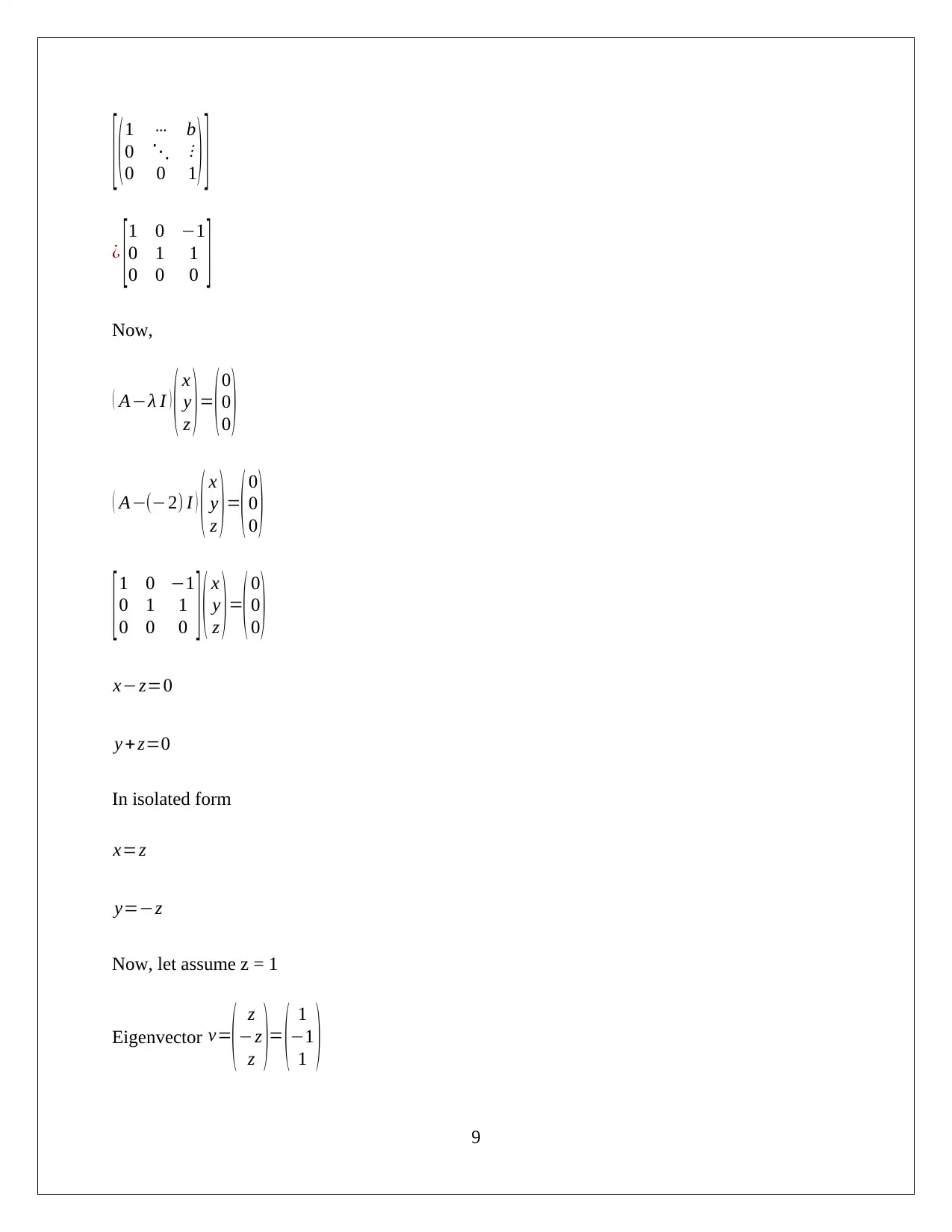
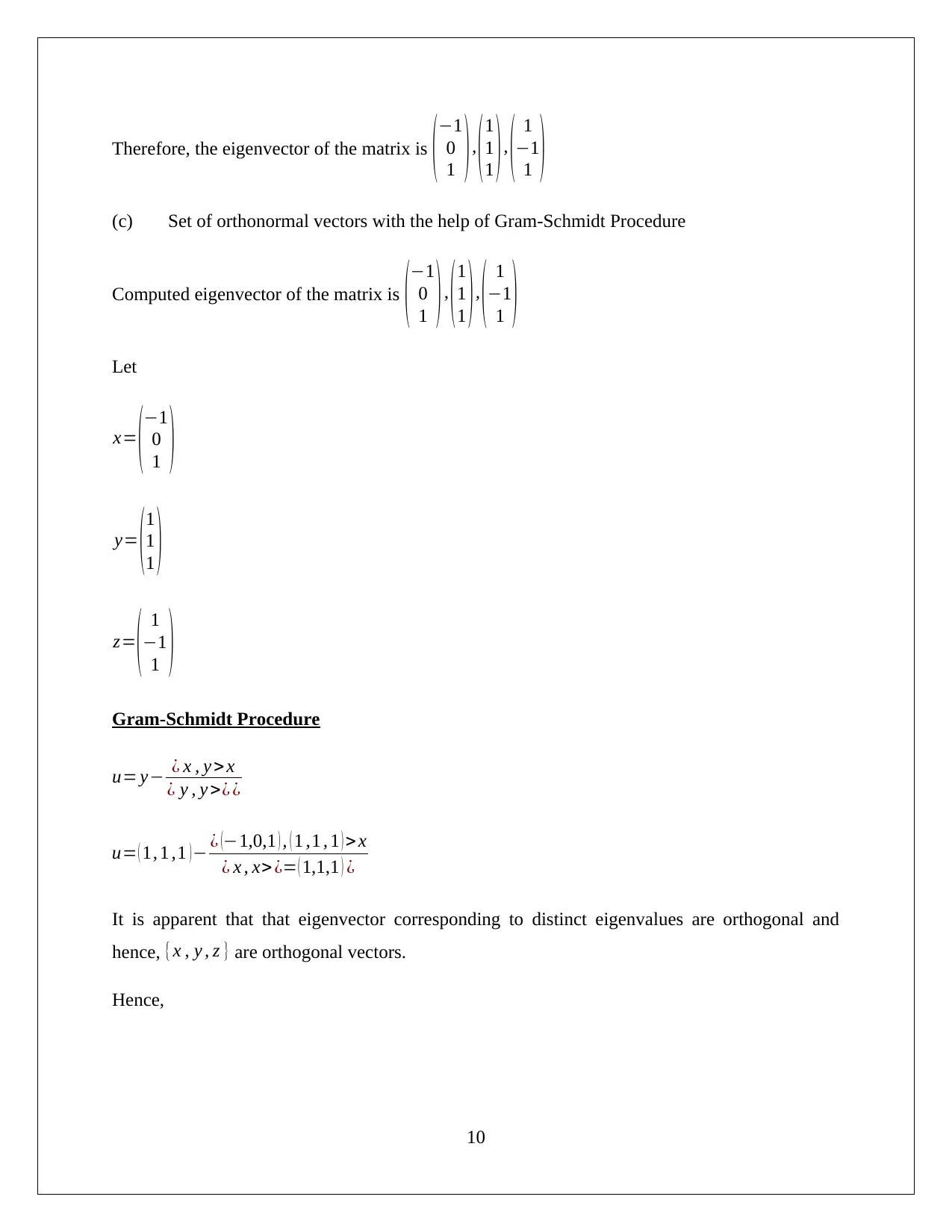
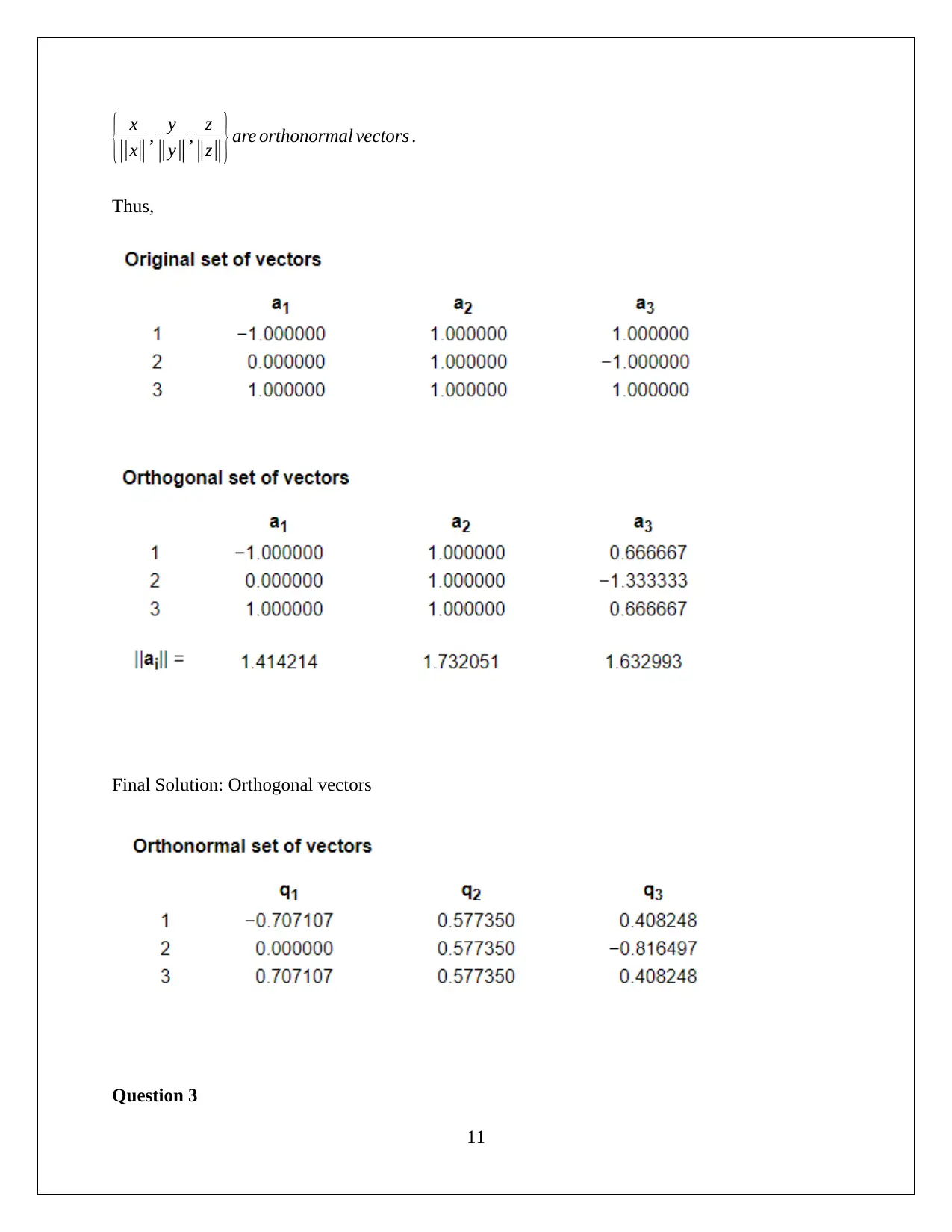






![[object Object]](/_next/static/media/star-bottom.7253800d.svg)